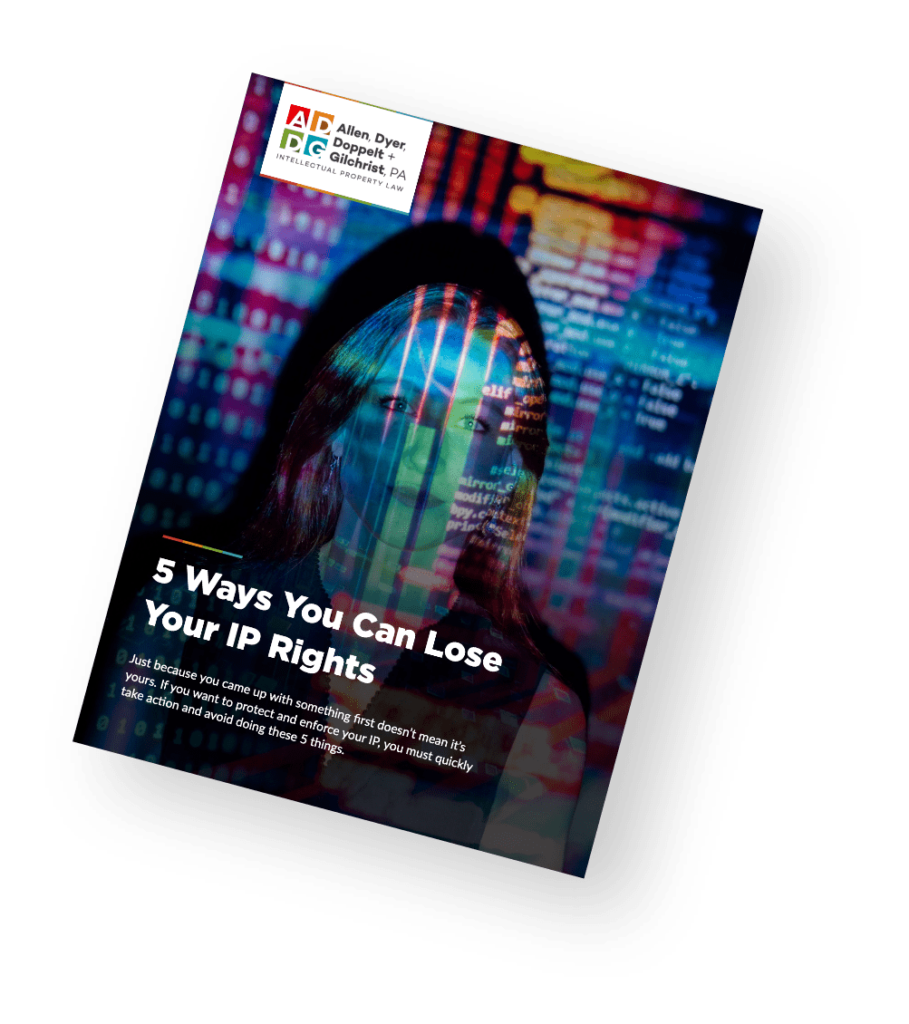Joint ventures (JVs) are an important strategic avenue for companies in collaborative business landscapes to pool resources, expertise, and innovation. While these partnerships offer immense opportunities for growth and market expansion, they also feature an aspect which demands meticulous attention: safeguarding intellectual property (IP). Intellectual property, encompassing everything from patents and trade secrets to trademarks and copyrights, forms the backbone of many businesses, fueling their competitive edge and market value. As businesses enter into collaborative arrangements, the question of how to safeguard your IP in joint ventures becomes a critical one.
How to Identify Your IP

Before getting too deep into the details of joint venture agreements and IP protection strategies, companies should first identify and understand the scope of intellectual property involved in the prospective JV.
- Catalog existing IP: Begin by cataloging the existing intellectual property that each party brings to the table. This includes patents, trademarks, copyrights, and trade secrets already owned by each entity.
- Determine IP relevance: Not all IP owned by the participating entities may be relevant to the joint venture. Determine which aspects of your IP portfolio are directly related to the JV’s objectives.
- Assess IP strength and validity: Evaluate the strength and validity of the IP assets. Ensure that patents are enforceable, trademarks are registered and not infringing on others, copyrights are valid, and that trade secrets have been adequately protected and there are safeguards in place to keep them confidential.
- Identify potential IP gaps: Look for gaps in your IP portfolio that the JV might need to address. Filling in these gaps could involve acquiring IP rights from third parties or developing new IP, either through the JV or independently.
- Understand joint IP creation: Anticipate and plan for the creation of new IP within the JV. Decide how newly developed IP will be handled, who will own it, who can profit from it, and how to protect it.
Negotiating an IP Agreement
Central to negotiating any JV agreement is the delineation of IP ownership. Parties must clearly establish who holds the rights to pre-existing IP. The Parties must also establish how they will identify and define newly developed IP, who will own it, and how it will be shared. This clarity at the beginning of the JV helps to prevent future disputes and ensures a smooth collaboration.
Equally important in the agreement are any licensing terms. These terms should outline the scope and limitations of how any IP will be used within the JV, including any geographical or usage restrictions. This ensures that each party’s contributions are respected and legally protected. The agreement should also address the protection and enforcement of IP, including whether and to what extent confidentiality agreements or non-disclosure agreements will be necessary to protect non-public IP. The IP agreement must specify responsibilities for safeguarding the IP against infringement and detail the processes for legal recourse if necessary.
Almost every JV ends. Thus, every JV agreement should be forward-looking and encompass an exit strategy, detailing how IP assets will be managed or divided upon the JV’s dissolution. This includes the return of preexisting and/or licensed IP to the original owners and the distribution of jointly developed IP.
Implementing IP Protection Measures
Once the joint venture’s IP agreement is in place, the focus shifts to implementing IP protection measures. This phase involves turning the agreement’s principles into practical actions to safeguard intellectual property central to the venture’s success.
Active enforcement is key. Enforcement of IP rights requires vigilantly monitoring for infringements and taking decisive legal action when necessary. Internally, managing IP within the JV requires robust controls to ensure compliance with licensing agreements and proper utilization of IP assets.
Ongoing management of the IP portfolio is dynamic, requiring regular audits, updates to IP registrations, and renewals of licenses. This adaptability enables agile responses to market and legal changes.
Collaboration between JV partners is important for cohesive IP management. Joint decision-making and regular communication ensure alignment and shared responsibility for IP assets.
Prepare for unforeseen challenges. Contingency plans for disputes or market shifts ensure the JV can navigate difficulties without compromising its IP assets.
Common Methods for Protecting Your IP
Here are some common methods that are effective for safeguarding IP in collaborative business arrangements:
- Regular IP audits: Conduct regular audits to assess the current status and potential risks to your IP. This helps to identify any gaps in protection and ensures that all IP assets are up to date by meeting legal requirements.
- Robust non-disclosure agreements (NDAs): Implement strong NDAs with all parties involved in the JV. This helps protect sensitive information and trade secrets that are often shared in a JV setting.
- Clear IP licensing agreements: Draft clear and comprehensive licensing agreements that specify the terms of use, limitations, and responsibilities of each party. This includes defining the scope of the license, such as geographical limitations and exclusive license terms.
- Effective enforcement strategies: Develop and implement strategies for enforcing IP rights. Monitor for infringements and take prompt legal action when necessary to defend your IP.
- Joint IP management protocols: Establish joint protocols for managing IP within the JV. This involves setting up processes for decision-making, confidentiality, conflict resolution, and regular communication between partners regarding IP matters.
- Training and awareness programs: Conduct training and awareness programs for all employees involved in the JV. Educating them about the importance of IP and the specifics of your IP policies can prevent unintentional breaches and reinforce a culture of IP protection.
- Technology transfer agreements: In cases where technology is shared or transferred, use technology transfer agreements to outline the terms of transfer and use, ensuring that IP rights are maintained.
- Exit strategy for IP: Plan for the end of the JV by having a clear exit strategy that addresses the distribution or division of jointly developed IP and the return of any licensed IP.
Schedule a Consultation With an Experienced IP Attorney
To mitigate the potential pitfalls of how to safeguard your IP in joint venture agreements and ensure that your assets are thoroughly protected, always work with an experienced IP attorney prior to launching any JV. Legal guidance can provide invaluable insights, helping you to craft robust agreements, implement effective protection measures, and address any IP challenges that may arise in your joint venture.
Protect your innovations and secure your competitive edge by seeking professional legal advice tailored to your specific joint venture scenario. Contact us to schedule a consultation today!
About the Authors
Ryan Santurri is a Florida Board Certified Intellectual Property Law Attorney. He advises clients in the areas of intellectual property and related litigation involving patents, trademarks, trade secrets, copyrights and right of publicity.
Trevor F. Ward assists in various patent and trademark disputes, business disputes, and related litigation matters. Additionally, he helps businesses and individuals obtain trademark registrations.


Share This



